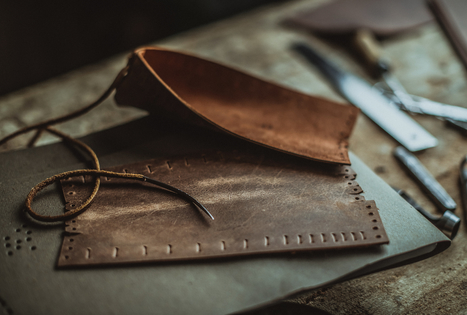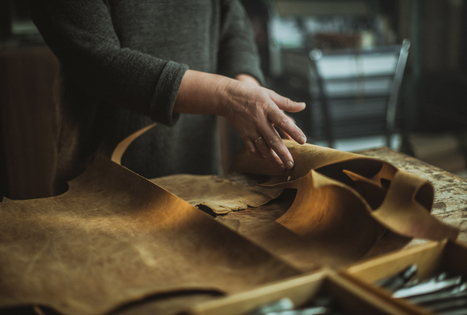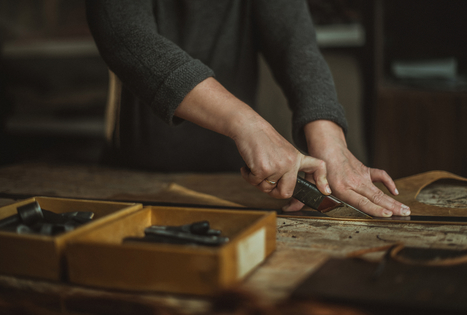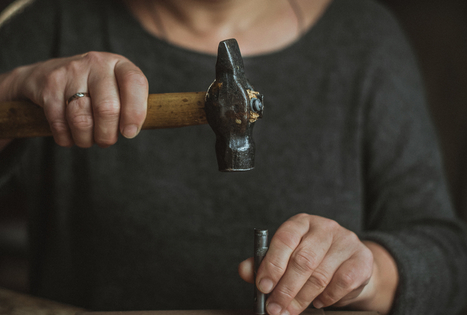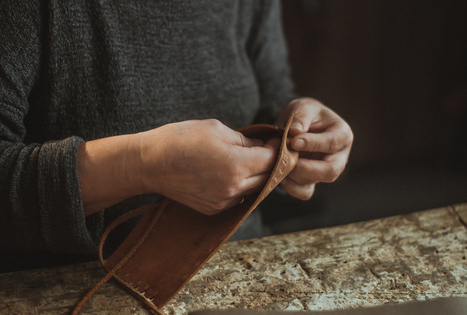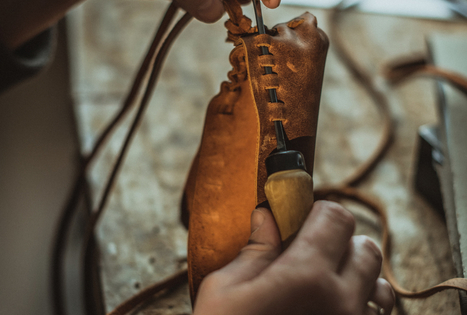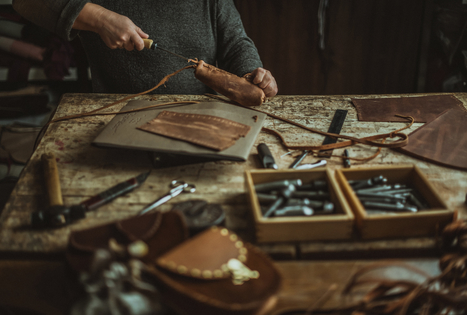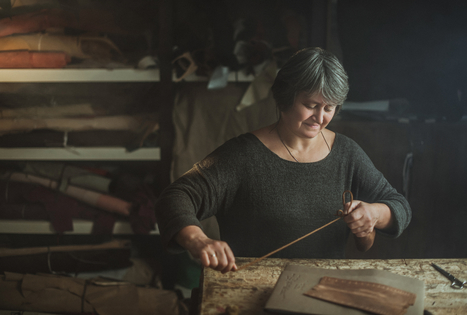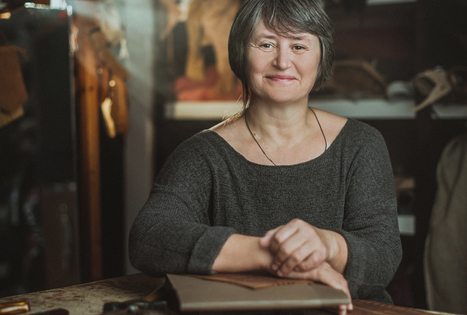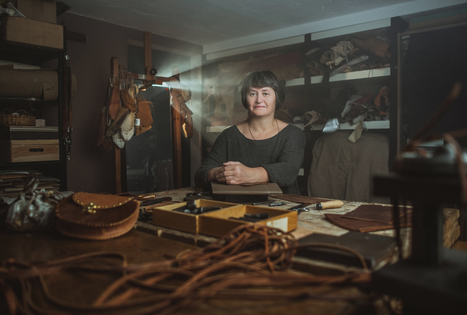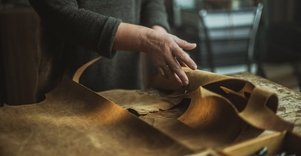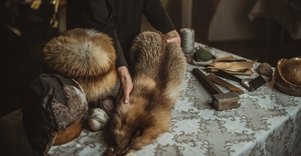In Lithuania, there were leatherworkers in every manor, village and city. They produced clothing details and footwear, harnesses and saddles, decorative book and album covers, jewellery, furniture and souvenirs.
A craft that goes back to the emergence of mankind
Leather processing is known as one of the oldest crafts in the world, going back to the emergence of mankind. The inhabitants of ancient civilisations made almost everything from animal hide.
Historical sources from the 8th-7th centuries BC point to the existence of leatherworker organisations in ancient Greek and Roman civilisations. Leather articles were particularly widespread in warrior clothing. In 2000 BC, clothing, footwear, rugs, boats and vessels for liquids were already being made from leather in ancient Egypt. In 1000 BC, books were being bound with leather in India.
In the early Middle Ages, leather goods spread to the Germanic tribes, the East, North Asia, America and Spain. Leather workshops started being set up in Western Europe in the 10th century.
In Lithuania – as early as the 1st century AD
According to archaeological research, the people of Lithuania were already using processed leather in the 1st century AD. Our ancestors used to wrap their feet in pieces of leather to protect them from the cold or moisture.
As leather processing improved, more ornate leather articles appeared. The remains of footwear and leather harnesses from the 12th-13th centuries have been found in Vilnius on the grounds of the Lower Castle and the Old Arsenal. Some articles were mentioned in the Livonian Rhymed Chronicle in the late-13th century. The Lithuanian Metrica, the Volok Regulations and other sources testify that there were leather crafters in every manor, village and city. Vilnius had a very large number of leather crafters. It is known that in the late 15th century, the leather crafters in Vilnius formed a guild. Guilds were later formed in all major Lithuanian cities.
Footwear made up the largest part of leather goods. Simple leather slippers (naginės) were sewn in the villages. However, townspeople had more sophisticated footwear that was influenced by the art style of that period. In the 10th-13th centuries, the belts of military commanders and more prominent warriors were also ornate. Books began to be bound in leather in the 14th-15th centuries, pioneered by the Franciscan and Bernardine monks.
A complex process
The aim of the leatherworker is to process the hide while preserving its natural and unique properties. For leather articles, the hides of domestic animals (cows, pigs, sheep, goats and horses) and wild animals (deer, elk) are most commonly used. Using reptile and fish skin is also popular.
The processing process is not simple. It is a long and difficult job that requires special tools. The artisans remove the fat from the subcutaneous layer, then dry the leather, tan it, and dry it again. They also soften, shave and smooth out the leather. The surface can be painted, varnished, gilded or silvered. The pattern is created by embossing, burning, carving, perforating or inlaying the leather with a different colour or type of leather, wood, metal, ivory, or precious and semi-precious stones.
A forgotten craft that is gaining popularity again
Leather is used to make clothing, footwear, book covers and wall hangings. It used to be used for upholstering vehicles and furniture, and for making warrior and hunter bags, weapons, knife sheaths and canteens. At the end of the 19th century, leather crafting in Lithuania began to be smothered by industrial leather manufacturing. However, leather crafters claim that the forgotten craft is gaining popularity again. Customers are coming in more and more, asking them to restore book covers and bind albums. Many products are also sold at craft fairs.
There are currently eight certified leather crafters in Lithuania who are mainly involved in the production of bags and belts.

